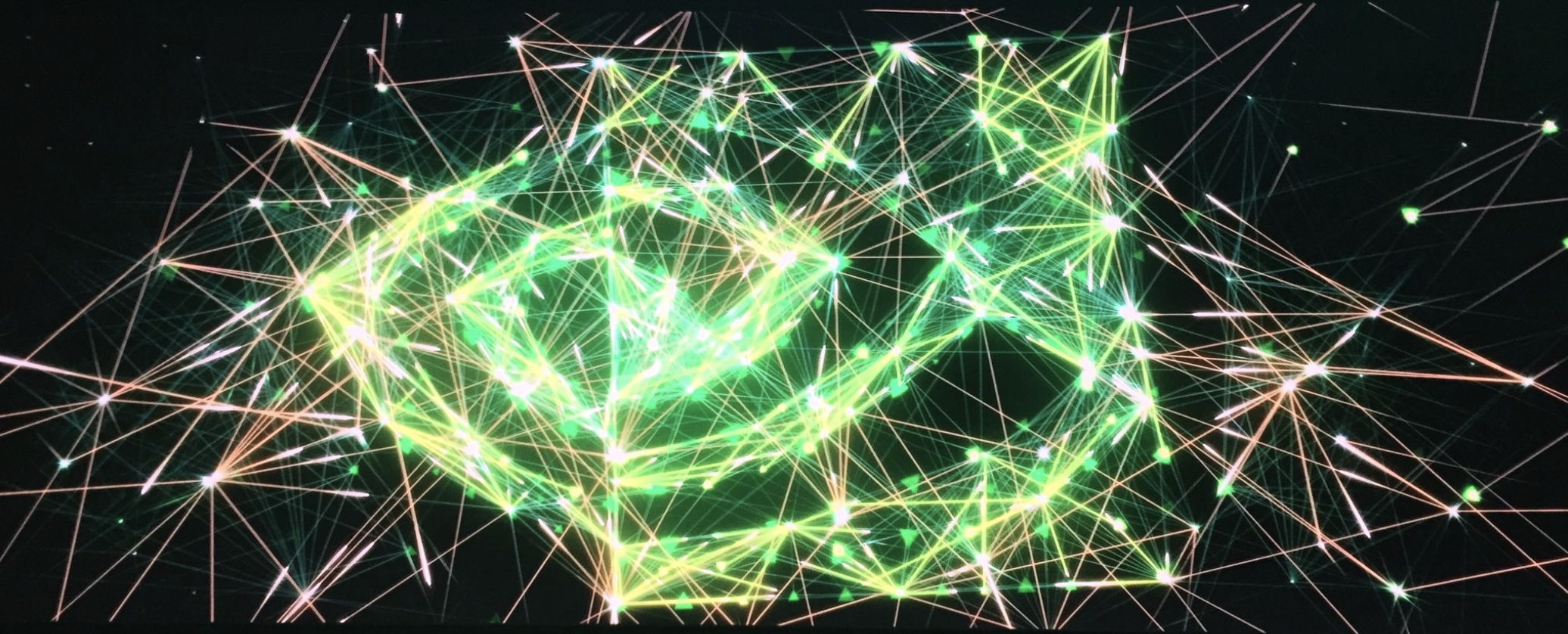- Shares of NVDA are down 5% after-hours. The company missed expectations in its OEM and IP segment as the decline in crypto pricing triggered softening demand for crypto-mining hardware.
- While crypto drives just ~3% of revenue, the miss in the segment was dramatic, with $18M in revenue vs. expectations of $100M. We are lowering our numbers by 2% over the next two quarters to reflect this change. If the crypto market rebounds, there is likely upside to our estimates.
- While total revenue exceeded expectations by $100M, the magnitude of the overall beat was less than the $320M upside Nvidia saw in the previous quarter.
- The company remains well-positioned to capitalize on three mega-waves (datacenters, gaming, and automotive) driving growth rates of 37% in FY19, 21% in FY20, and 21% in FY21. We believe shares of NVDA have significant upside ahead of these themes.
Resetting crypto expectations has little impact on Nvidia’s long-term potential
Prior to Jul-19 results, we had outlined three core opportunities for Nvidia, including gaming, datacenter, and automotive. We continue to believe those three segments are foundational to Nvidia. We have not considered crypto a foundational opportunity for Nvidia; rather, we see it as optionality. The recent softness diminishes the 5-year opportunity in the crypto segment. We are lowering our revenue in OEM and IP by 30-60% over the next three quarters, bringing it closer to pre-crypto boom levels. While this is a disappointment, the segment still has the potential to provide fractional future upside when and if the crypto market stabilizes. Most importantly, our optimism around gaming, datacenter, and automotive is unchanged.
Gaming – expect a new product announcement soon
On Monday, Nvidia announced a new product for its professional visualization segment based on its new Turing architecture. Nvidia is expected to bring the new architecture to its GeForce gaming line soon and could make a product announcement as early as next week, as it has a GeForce Gaming Event scheduled for Monday, a day prior to the opening of Gamescom 2018 in Munich. Nvidia released a teaser for the product that includes a few hints about the reveal. Gaming and esports continue to explode in popularity, and Nvidia’s GPUs are an industry-leading product well-positioned for this trend.
Datacenter – companies continue to adopt artificial intelligence
Nvidia’s datacenter segment grew 82% y/y in the quarter, and now accounts for 24% of revenue, up from 19% a year ago, and 11% the year prior. Businesses continue to adopt artificial intelligence in order to remain competitive within their verticals, driving growth in the datacenter revenue. Nvidia pointed to a few examples within healthcare where AI is becoming increasingly important: medical imaging, genomics, and pathology.
Automotive – outlining the Tesla risk
On Tesla’s last earnings call, Elon Musk shared that Tesla plans to move away from Nvidia and build its own chips for use in its cars. While Nvidia declined to elaborate on the impact, this could have on its automotive business, it could be significant. Right now, we estimate that Tesla accounts for 20-30% of Nvidia’s automotive segment. We estimate that the change at Tesla could impact ~2% of Nvidia’s revenue. When asked to elaborate about Tesla’s efforts on the call today, Nvidia CEO Jensen Huang shared positive comments about Tesla and pointed towards its three-year relationship as a reason why Nvidia began developing its Xavier Drive platform. He finished by saying: “If it doesn’t work out for Tesla, I’d be happy to help.” Following the call, Elon took to Twitter and seemingly confirmed Tesla’s moved away from Nvidia.
Other – Nvidia continues to develop world-class products in different business segments
On Monday, Nvidia announced a new product for its professional visualization segment. These new Turing architecture-based GPUs offer real-time ray tracing and accelerated deep learning neural networks for AI-enhanced rendering. How important is real-time ray tracing? When the announcement was made on Monday at the Siggraph computer graphics event, Jensen Huang said: “Turing is NVIDIA’s most important innovation in computer graphics in more than a decade.” Nvidia is now able to address a larger market in the professional visualization space, namely customers in film and media who were previously limited to CPU-rendering farms.
Earnings and model recap
Nvidia reported Jul-19 revenues of $3.12B vs. Street at $3.11B (up 40% y/y), and non-GAAP EPS of $1.94 vs. Street at $1.66. See our updated model here.
Disclaimer: We actively write about the themes in which we invest or may invest: virtual reality, augmented reality, artificial intelligence, and robotics. From time to time, we may write about companies that are in our portfolio. As managers of the portfolio, we may earn carried interest, management fees or other compensation from such portfolio. Content on this site including opinions on specific themes in technology, market estimates, and estimates and commentary regarding publicly traded or private companies is not intended for use in making any investment decisions and provided solely for informational purposes. We hold no obligation to update any of our projections and the content on this site should not be relied upon. We express no warranties about any estimates or opinions we make.
